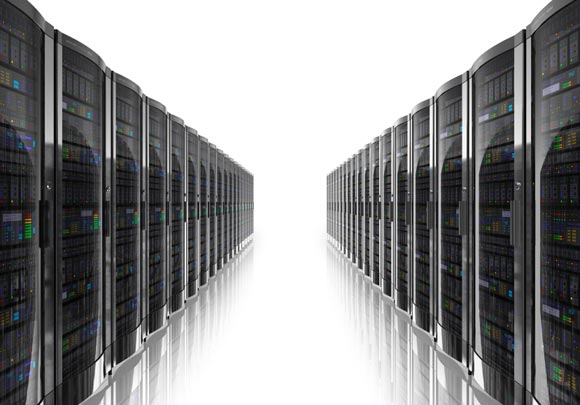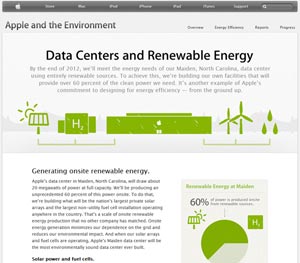
When companies first started moving information online, it seemed like an environmentalist’s dream, with the “paperless office” saving the rainforests. In fact running a website carries an environmental cost because of the power demands: not just for the site visitors, but on the servers that host and deliver the website, and the cooling mechanisms needed to keep this equipment from overheating.
So how can you reduce the environmental footprint of your site? In theory at least, cutting the time it takes somebody to visit your site and get the information they need will make a difference. A combination of clearer layout and more concise language will cut reading time, while optimizing the code on your site can cut the amount of data that has to be downloaded.
However, even shaving seconds off download time, while delighting your visitors (and Google) won’t save a huge quantity of power, and the server hosting your site remains active whether or not you have any visitors.
The reality is that the most effective change a business can make is to opt for more environmentally responsible hosting, whether that be through an outsourced service or with its own equipment. To put this into context, Apple says that one of their data centres uses the same power as 20,000 homes (20 megawatts). There’s been some discussion about the numbers, and obviously Apple may be a significantly larger power-consumer than your own company; nevertheless, your website will be contributing to the demands for power.
Given the overall move to digital, that’s a lot of power used by us all online…
Communicating the green journey
There are two main ‘greening’ questions to ask the company that hosts your website: what source of energy do they use to power their data centres and how efficiently do they use that energy: the answers to these questions matter to your audience and their perception of your company. For example, Greenpeace recently praised some web giants for using data centres located in cool places and using hydroelectric power, while criticizing other firms for using data centres that rely on “dirty” coal burning.
And then, of course, you’ll need to communicate your actions to your audience.

Click to enlarge viewHave a look at how Apple do it, using graphics and easy-to-read text (do scroll to see the whole page).
Other companies discuss ‘greening’ their data centres too—see, for instance:
- highlighting success: First Group, who discuss how they’ve worked with their suppliers to cut energy usage and move to sustainable power, winning an internal award
- indicating size and significance: Vodafone, who reveal that their data centres are responsible for 10% of their network’s carbon emissions.
- external verification/assurance: Thomson Reuters, who list external organisations they’re working with on data centre efficiency
- providing detail and results: EMC, who discuss their “journey to the cloud”—the virtualisation of their IT infrastructure, and who highlight the headline numbers
- helping people understand the results: AT&T, who explain their overall energy savings by saying they were the equivalent of the electricity use of 13,367 homes for a year. This helps people visualise the scale of the savings.
There definitely seems to be a movement afoot…
Lucy is Editor at Corporate Eye
